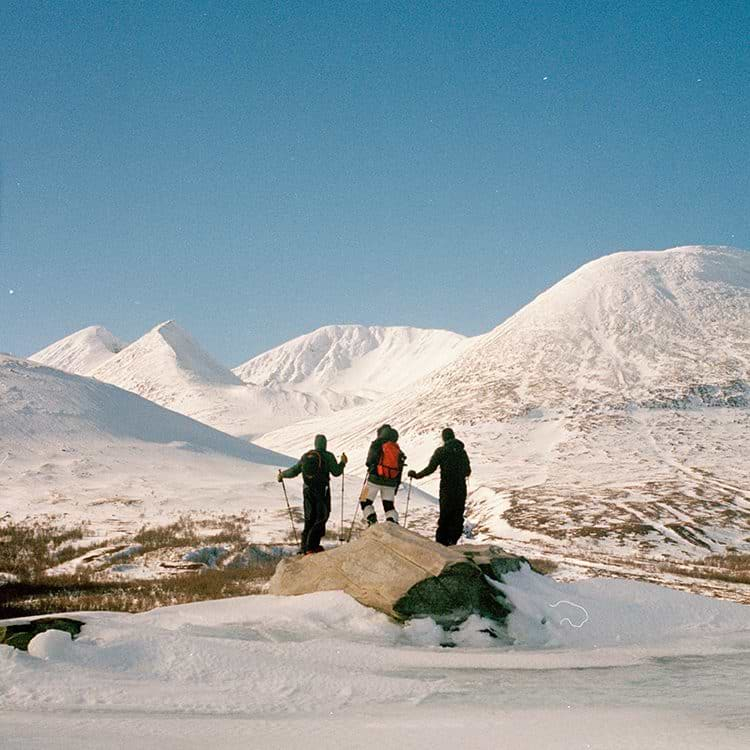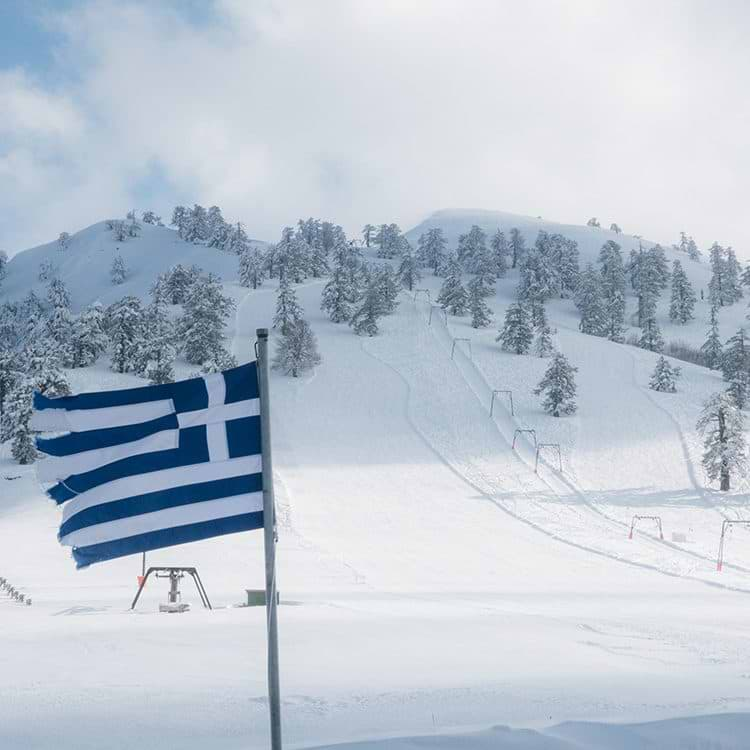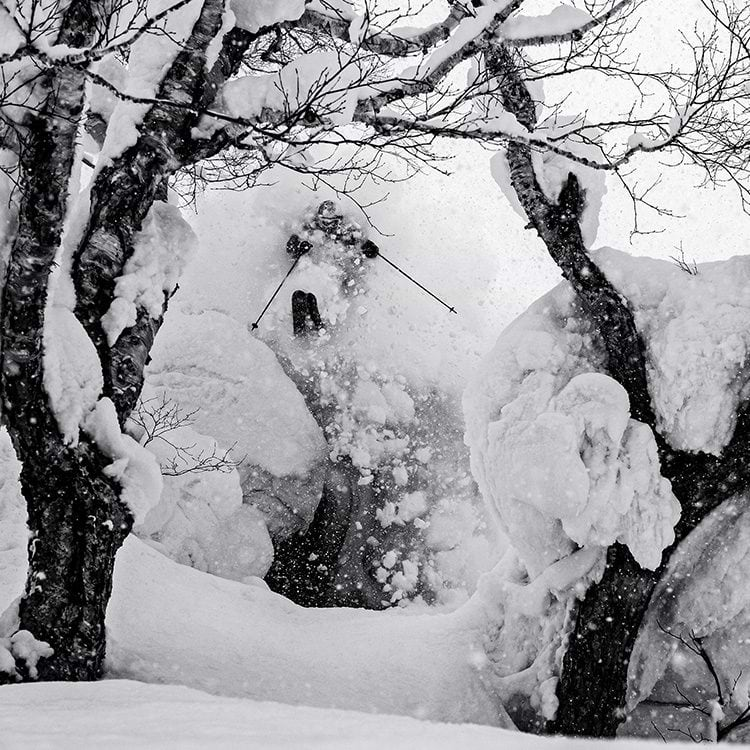The ski touring community appears to frequently debate where they should save weight: skis, boots, or bindings.
I don’t understand the fuss. It’s a no-brainer, in my opinion.
Bindings are, in essence, binary: they keep you locked into the ski; they don’t.
Binding marketing has gone in the opposite direction. Skimo just isn’t sexy enough for the mainstream. Freeride is where it’s at. A few pros once threw out the name “free-mo” and the skiing masses fell in love. A half dozen manufacturers designed some style of what they’d call a tech binding with an alpine heel. Then came the rise of the hybrid binding. Then there’s whatever you call Cast. TÜV certified DIN ratings were sprinkled on top with a dash of “forward pressure,” “elasticity,” and “zero gap” for panache. Every free-mo bro fantasizing about hucking a cliff mid-spine and ripping down sloughing ramps at mach three felt the need to have a binding associated with that level of gnar.
But here’s the radical truth: less than one percent of skiers out there need that binding. And those folks know exactly who they are. If you’re not carving down the Obergabelhorn like it’s the Hahnenkamm weekend in Kitzbühel, you could be skiing pins. If you’re asking yourself, what’s an Obergabelhorn? who’s Hahnenkamm? and do I need that beef binding?” then the answer to the latter is probably: no.
Pin bindings have come incredibly far since the initial Dynafit tech binding. And yet, we’ve been conditioned to fear pin bindings with stories of twisted knees, pre-releases, and locked toes like it’s the early 1990s, and founder Fritz Barthel is some crazed rogue scientist. We’ve had thirty years of innovation. Did you know some pin bindings even have TÜV certified DIN ratings now?
Within this mysterious land of pin bindings, there’s a bizarre unfounded perception that bigger means added comfort and safety. Let’s nip that in the bud.
Personally, I can’t think of anything less comfortable than hauling around an extra half kilogram uphill on each foot, especially considering the old adage; “a pound on your foot is worth five on your back.” Less is most certainly more. No, you don’t need more heel risers; you need to make wiser uptracks and more efficient kick turns. As for safety, there is a reason universal standards apply: a 400g pain au chocolait-sized heel piece set to a DIN release value of 10 will release with approximately the same pressure as my 145g (total!) race binding with a fixed release value of 10.
If that hasn’t convinced you to strip your binding choice down to the bare necessities, there’s an even more consequential factor in the equation: durability.
The more moving parts exist in a mechanism; the more parts can break. My race bindings are very simple contraptions made entirely from machined aluminum. They’re virtually bombproof. I can’t count the number of plastic heel pieces I’ve seen shear on Kingpins, Shifts, and Tectons. When I’m deep in the backcountry, little could be more dangerous than a broken binding. As Yvon Chouinard notably once said, “Good design is as little design as possible.”
Now, maybe I’m just an endurance athlete disguised as a ski writer. Perhaps I’m writing this piece in a lycra onesie. The only air under my skis happens between delicate hop turns. So don’t take my word for it. Do you free ride harder than Nikolai Schirmer? Do you ski lines more exposed than Christina Lustenberger?
No? I figured as much. They’re both on pins.
And if you’re truly riding some heinous, iced out, no-fall, wildly exposed line and you’re terrified of pre-releasing and saying, “MATT, I can NOT come out of my bindings here!” Well, lock your toes. You’ll be bolted down tighter than a GS racer. “But my knees!” Listen buddy: your knees are only in trouble if you fall—and if you lose an edge on a solid no-fall line, you’ve got a lot more to worry about than a few damaged ligaments.
**Stellar Equipment and the author ask that you please ski within your abilities and take this as a wildly opinionated comment, not professional instruction. They claim no responsibility for the reader’s ski safety decisions—especially if the reader complains about how heavy his bindings are.**










